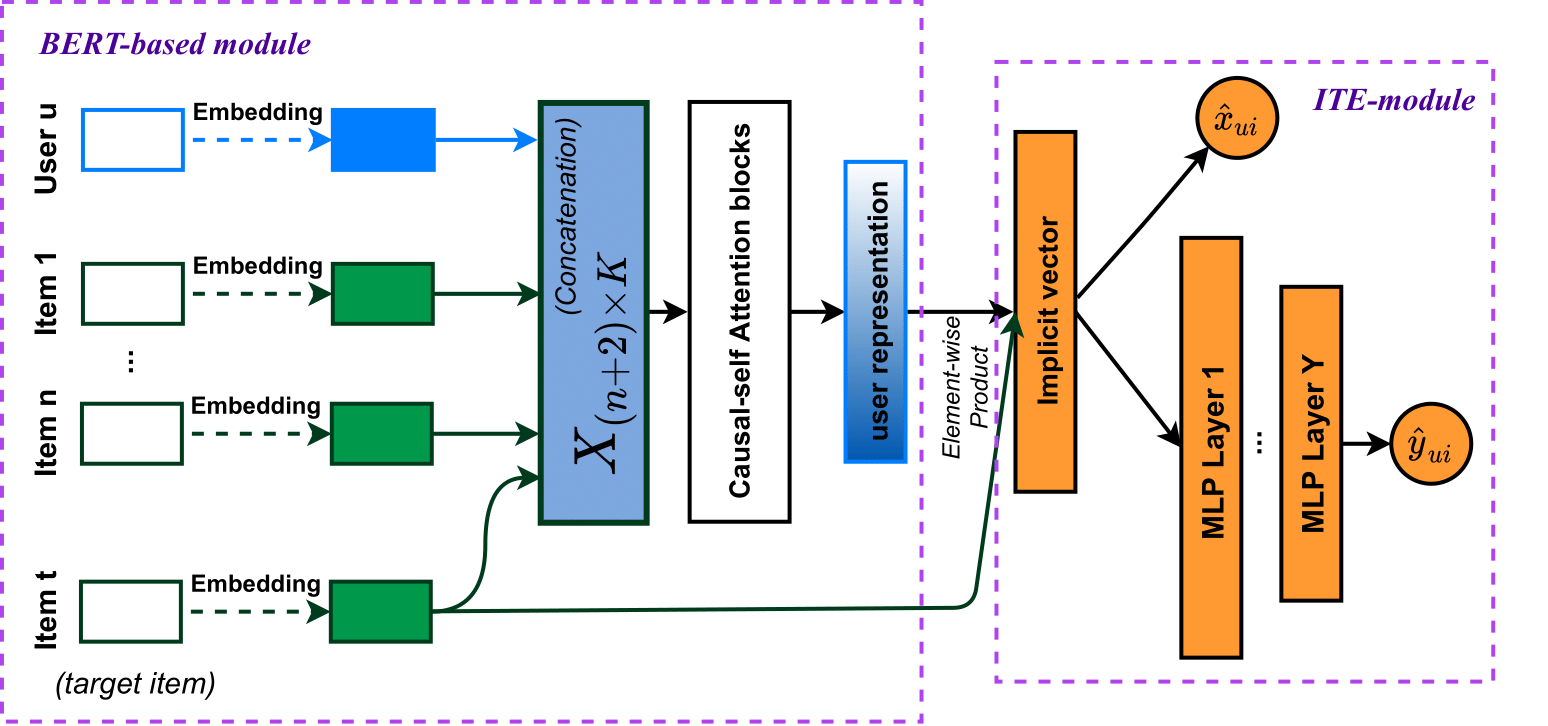From Implicit to Explicit feedback: A deep neural network for modeling sequential behaviours and long-short term preferences of online users
In this work, we examine the advantages of using multiple types of behaviour in recommendation systems. Intuitively, each user has to do some implicit actions (e.g., click) before making an explicit decision (e.g., purchase). Previous studies showed that implicit and explicit feedback have different roles for a useful recommendation. However, these studies either exploit implicit and explicit behaviour separately or ignore the semantic of sequential interactions between users and items. In addition, we go from the hypothesis that a user's preference at a time is a combination of long-term and short-term interests. In this paper, we propose some Deep Learning architectures. The first one is Implicit to Explicit (ITE), to exploit users' interests through the sequence of their actions. And two versions of ITE with Bidirectional Encoder Representations from Transformers based (BERT-based) architecture called BERT-ITE and BERT-ITE-Si, which combine users' long- and short-term preferences without and with side information to enhance user representation. The experimental results show that our models outperform previous state-of-the-art ones and also demonstrate our views on the effectiveness of exploiting the implicit to explicit order as well as combining long- and short-term preferences in two large-scale datasets.
PDF Abstract

